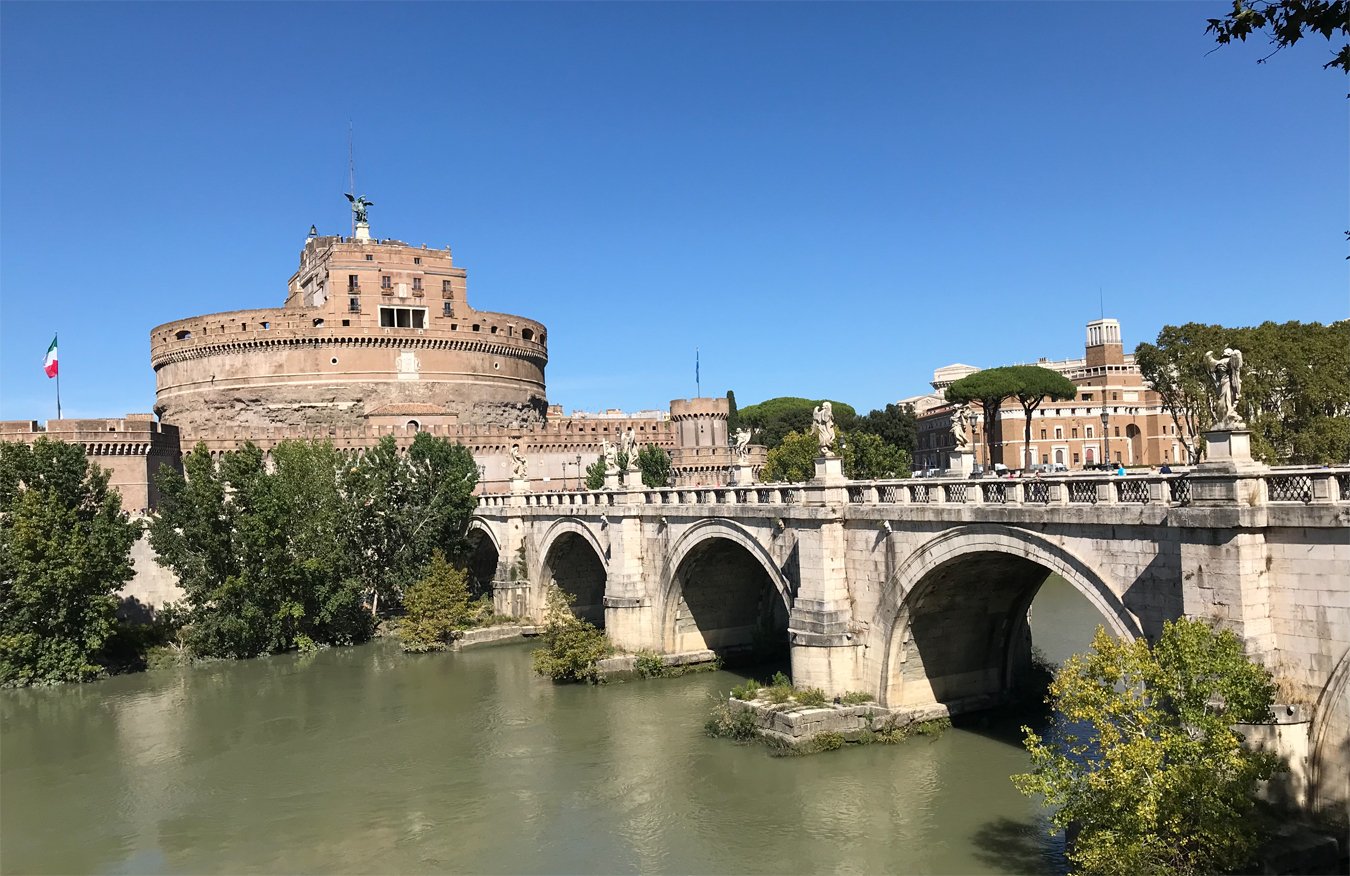Correctly expressing Grief is one of the hardest things I’ve ever had to figure out. I’ve tried ignoring it and pretending everything was okay; I’ve inappropriately lashed out when grief-induced frustration pushed me over the edge, and that did nothing to deal with the grief behind the frustration. Losing someone you love or something you really enjoyed leaves a hole that feels impossible to fill, and for a long time, I didn’t know how to deal with it. I struggled to find the right words to express what I was feeling, and the weight of my emotions felt unbearable. But art became my outlet, my escape, and ultimately, my way of healing.
One of the most powerful things art did for me was give me a way to express emotions I couldn’t put into words. When I was overwhelmed with sadness, I would pick up a paintbrush and let the colors tell my story. Some days, the strokes were chaotic and angry; other days, they were soft and sorrowful. Even though I wasn’t always sure what I was painting, the process itself helped me release emotions I had been holding inside. Writing worked the same way—I could pour my feelings onto a page, even if no one else ever read them.
“Art gave me a way to express emotions I couldn’t put into words.”
Art also reminded me that I wasn’t alone. At my lowest points, I would listen to music or read poetry that spoke to my pain, and it was comforting to know that other people had felt this way too. Their words and melodies became a reminder that grief is universal, that others had survived it, and that I could too. It connected me to something bigger than my own sorrow.
More than anything, creating art gave me a sense of peace, even when everything else felt chaotic. When I focused on painting or writing, my mind wasn’t consumed by sadness—it was present, engaged in the act of creating. It didn’t make the grief disappear, but it made it more bearable.
Art didn’t "fix" my grief, but it helped me live with it. It gave me a way to feel, to remember, and to heal. And in those moments of creation, I found light even in the darkest places.









